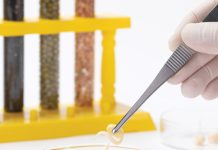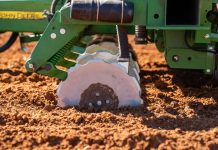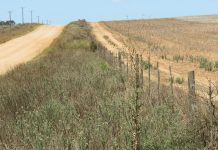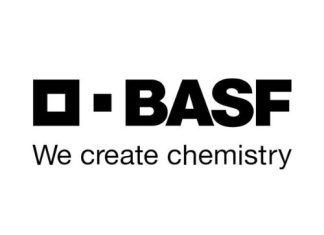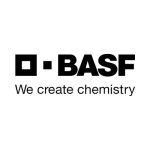
Soybean producers across South Africa are being urged to stay alert as reports are increasing of purple stain, a disease caused by Cercospora kikuchii, especially during the harvesting season. This disease, along with anthracnose, has been observed more frequently in recent years, raising concerns for those planning to retain seed for the next planting season.
In 2021, the University of Pretoria’s Forestry and Agricultural Biotechnology Institute (FABI), with support from the Department of Science, Technology and Innovation, the Technology Innovation Agency, the Maize Trust, and Grain SA, launched a disease clinic focused on grains. The clinic provides critical disease diagnostics and science-based guidance to producers. Since its establishment, it has reported increasing occurrence and distribution of anthracnose, stem canker (Diaporthe aspalathi), and notably, purple stain in soybean fields. If unmanaged, these diseases can reduce seed quality, lower yields, and compromise future crops. This article aims to raise awareness of the rising incidence of Cercospora in soybeans, its seedborne nature, and its impact on both yield and grading at harvest.
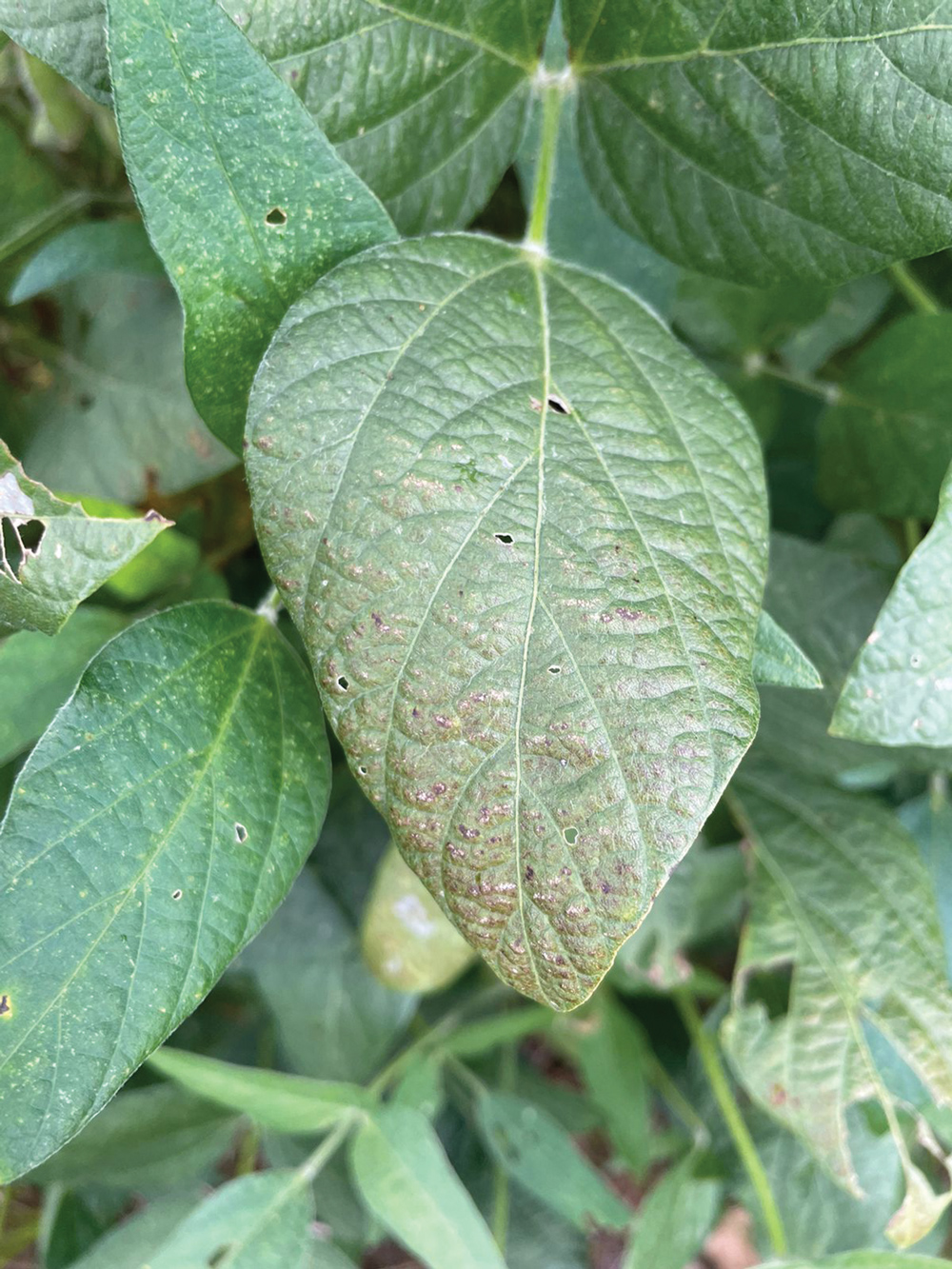
Steps to ensure seed health and quality
Cercospora and Diaporthe are seedborne pathogens that can trigger disease outbreaks if infected seed is planted. Whether farm-saved or certified, producers are urged to use healthy, treated seed to protect yields and prevent epidemics. Seed health is critical for strong emergence and disease resistance. Poor-quality seed increases vulnerability to fungal pathogens like Cercospora, Diaporthe, and Sclerotinia. Hence, seed treatments using chemical and/or biological agents can enhance vigour, germination, and early growth by protecting against seed- and soilborne pathogens while minimising chemical inputs.
A glasshouse trial by Prof Sandra Lamprecht and Thabo Phasoana at ARC-Plant Health and Protection demonstrated the value of seed treatments in Sclerotinia-inoculated soil. Chemical treatments were more effective than biologicals alone, but the best results came from combining the two. These combinations were able to control disease effectively and eliminated viable sclerotia. While benomyl fungicide improved good control of Sclerotinia, it did not address all damping-off pathogens. The trial confirmed that integrated seed treatment strategies, especially combining biocontrol and chemicals, significantly boost seedling health and establishment under disease pressure. For more detail, refer to the 2023 SA Graan/Grain article on seed treatments targeting Sclerotinia.
What producers should know about soybean grading
Your soybean crop must meet the minimum standards for seed quality as laid down in the Agricultural Product Standards Act 1990 (Act No 119 of 1990) with any relevant amendments up to 21 April 2017. These legal standards are used throughout the soybean value marketing chain to ensure that the product can be bought and sold with confidence by all parties and companies involved. Defective soybean seeds retained on the 4,75 mm round-hole screen are allowed up to a maximum of 10%. Exceeding this limit can result in the downgrade of the soybeans to Class Other Soybeans (COSB), negatively impacting their marketability, processing suitability, and overall pricing.
Relating to Cercospora, a downgrade due to quality may not be the biggest risk as you may be able to be under the 10% deviation. However, continued planting of infected seed may lead to disease epidemics in your field, resulting in possible yield losses and further quality issues in subsequent seasons.
Impact of Cercospora kikuchii on soybeans in the field
Cercospora cause three main diseases in soybean fields: Cercospora leaf blight (CLB), purple seed stain (PSS), and pod and stem blight. CLB typically manifests on the upper canopy leaves late in the growing season, presenting as a reddish-purple to bronze discolouration with a leathery appearance (Fig 1A). This disease reduces the plant’s photosynthetic capacity and can lead to premature defoliation, ultimately affecting yield and plant health.
The pathogen also causes purple seed stain (PSS), where infected seeds show a characteristic purple discoloration on the seed coat (Fig 1B). While PSS does not directly affect germination, it significantly reduces seed quality and market acceptance. A less common but notable manifestation is pod and stem blight (Fig 1C), where dark lesions form on pods and stems, often leading to early pod drying and seed infections. These diseases, individually or together, can greatly diminish the profitability and quality of soybean crops.
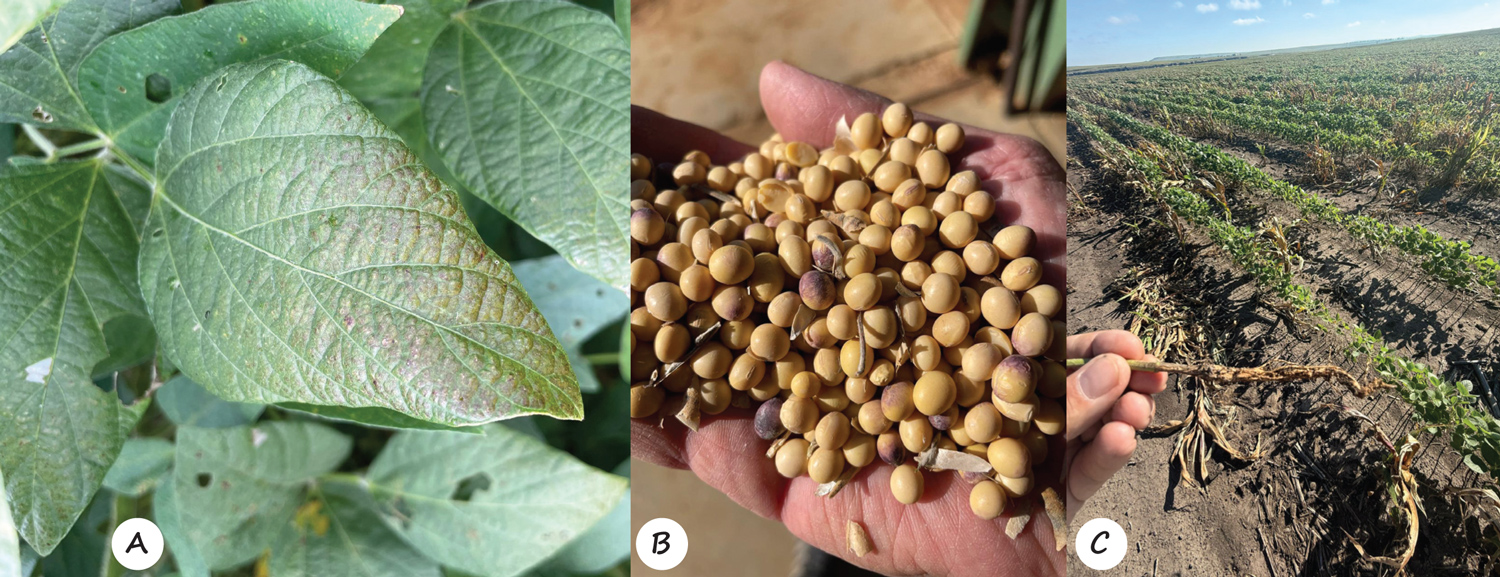
Conclusion
With Cercospora on the rise in South African soybean fields, producers must prioritise seed health to safeguard future yields. Early disease detection and the use of treated, certified seed can prevent outbreaks and improve crop resilience. Integrated seed treatment strategies offer effective protection and should be part of every grower’s disease management plan. If you need assistance with pest and disease diagnostics, please contact the Grain SA research team.





